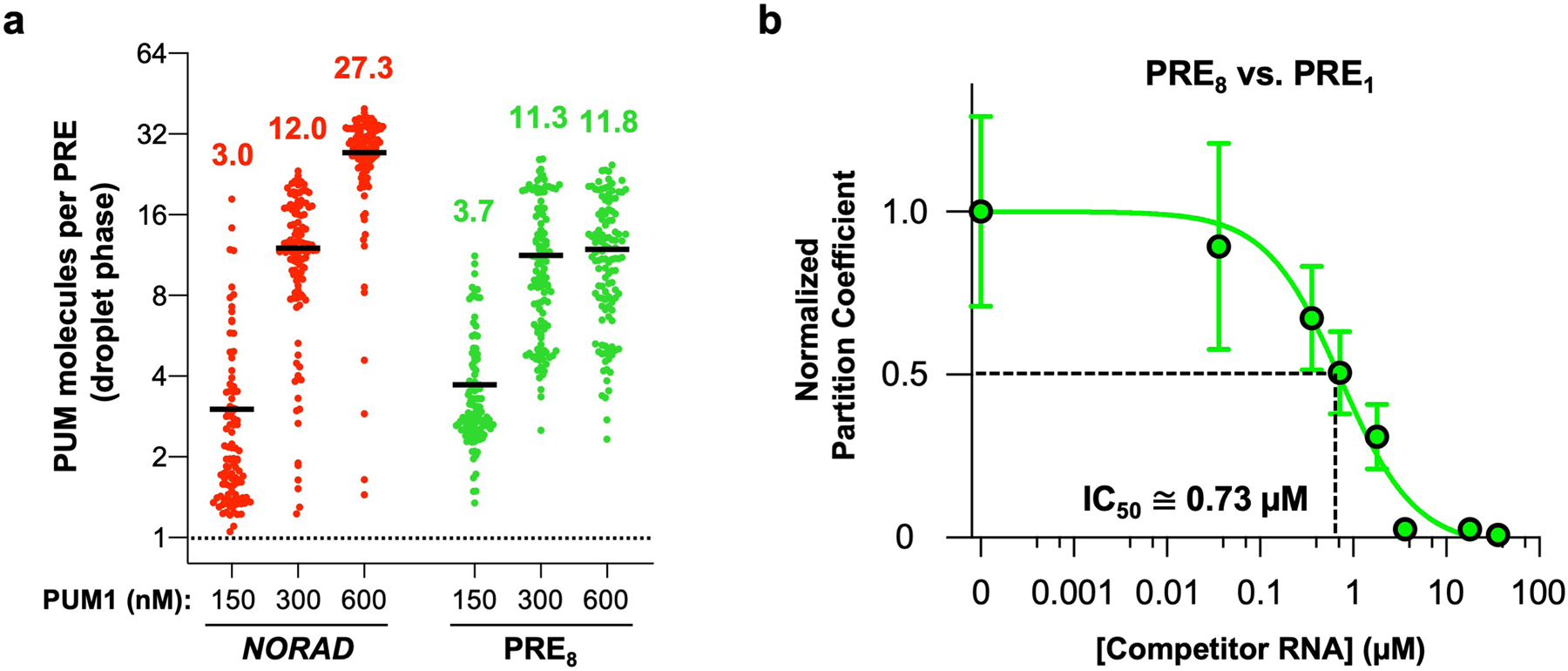Extended Data Fig. 7 |. Competitive, super-stoichiometric recruitment of PUM into RNA-induced droplets.

a, Quantification of the number of PUM1 molecules per PRE in droplets nucleated by NORAD (2 nM) or PRE8 oligonucleotide (10 nM) and the indicated concentration of PUM1 in vitro. Black line represents the mean (n = 101, 115, 113, 107, 114, or 115 droplets for each condition from left to right). b, Quantification of PUM1 partition coefficients formed with 150 nM PUM1 and 10 nM PRE8 RNA normalized to partition coefficient at 0 μM competitor RNA (PRE1 RNA). IC50 represents concentration of PRE1 RNA needed to reduce PUM1 partitioning by 50%. Data shown as mean ± SD. n = 44 or more droplets analyzed for each data point. Each PRE in the PRE8 RNA is ~9 times more efficient at PUM1 recruitment than a monovalent PRE.
